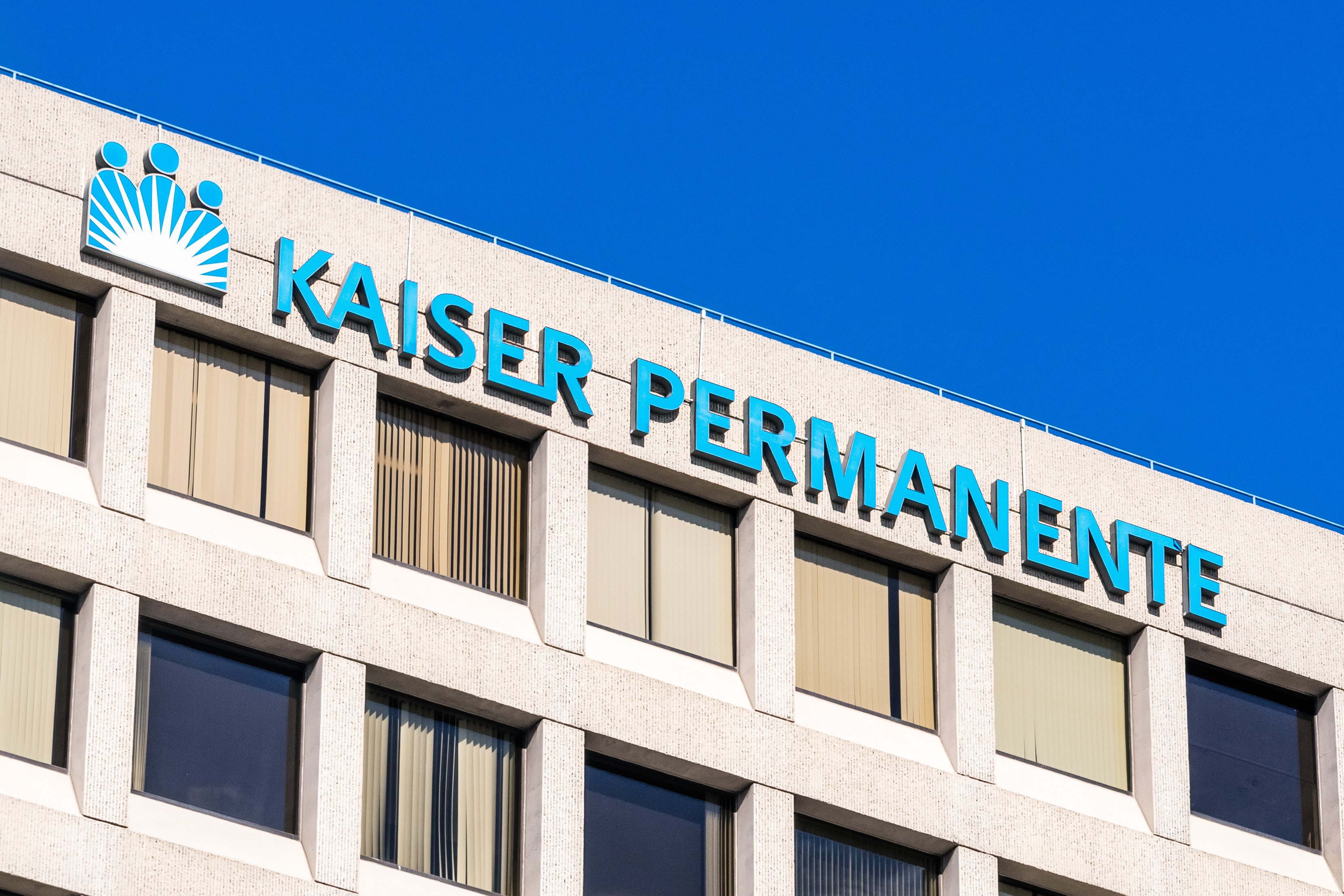- Healthcare 150
- Posts
- Inside Europe’s €440B Pharma Powerhouse: Who’s Winning Big?
Inside Europe’s €440B Pharma Powerhouse: Who’s Winning Big?
Europe’s drug engine still dominates on scale and exports — but lags in innovation speed, regulation, and access. The world’s watching how it adapts.
Good morning, ! This week we’re diving into the €440B European Pharmaceutical Industry, Qualtrics is acquiring Press Ganey for $6.75B, Europe is leading the global smart healthcare market with 32.5% share.
Want to advertise in Healthcare 150? Check out our self-serve ad platform, here.
Know someone in the healthcare space who should see this? Forward it their way. Here’s the link.
— The Healthcare150 Team
DATA DIVE
Europe’s Life Sciences: All Muscle, Less Motion

With a €440B production value, €705B in exports, and 950,000+ direct jobs, the European pharmaceutical sector still looks like a global juggernaut on paper. But here’s the rub: only 15.8% of new medicines launched globally debuted in Europe (vs. 66.9% in the U.S.). R&D is up — a 574% increase since 1990 — but the continent’s innovation share is slipping, squeezed by more nimble ecosystems in the U.S. and China. Europe isn’t losing the race on science. It’s losing it on market access, reimbursement speed, and regulatory drag. Scale? Still there. Strategic velocity? Needs a shot in the arm.
TREND OF THE WEEK
Small Deals, Big Signal in Healthcare M&A
So far in 2025, healthcare dealflow is skewing small: 43% of total deal count is under $25M, with another 23% between $25M–$99M, according to KPMG. Just 9% of deals top $2.5B.
The volume of sub-$100M transactions highlights where buyers are placing their bets—growth-stage tuck-ins and bolt-ons over big platform plays. It’s a signal of both macro caution and strategic focus: large acquirers are avoiding high-integration risk, preferring assets that are easier to scale, integrate, and finance.
Private equity and strategics are now crowding into the mid-market sweet spot ($25M–$500M), while the mega-deal arena—once the headline driver of value creation—remains sparse. For execs eyeing exits, that likely means more demand for smaller, differentiated targets and fewer high-ticket buyouts.
Bottom line:
2025’s deal landscape favors nimble operators. If you’re buying, expect competition and high multiples in the mid-market. If you’re selling, be ready to prove value early—size alone won’t command a premium. (More)

PRESENTED BY GAIN PRO
Who are the biggest private equity investors in the US? See the top 250 shaping the market.
Discover the most influential private equity investors in the United States, ranked by the total enterprise value of their US portfolio companies.
In this report, you’ll find in-depth insights into investment trends, sector shifts, and regional dynamics that define US private equity today. Highlights include:
Where the most active investors rank — with Blackstone, KKR & Apollo leading at $446bn combined
Which sectors dominate — with TMT well ahead, followed by Services and Science & Health
How concentrated the market is — the top 25 firms manage nearly half of total US 250 EV
How US investment is shifting across regions
A differentiated view of market power, scale, and deal momentum
Whether you’re benchmarking peers, exploring potential partners, or tracking the most active players, this report is your essential guide to US private equity today.
Download the full US 250 report and uncover the trends shaping tomorrow’s dealmaking.
HEALTHTECH CORNER
R&D Reigns in Healthcare
R&D isn’t just a budget line in healthcare—it’s the business model.
According to EFPIA data, Health Industries lead all sectors in R&D intensity, with 14% of net sales reinvested into research and development. That’s higher than ICT software (11%) and nearly triple the intensity of sectors like automotive (5%) or aerospace & defence (4%). Financials, industrials, and chemicals barely cross the 3% mark.
This outsized R&D allocation reflects the sector’s dependency on continual innovation—whether it’s drug pipelines, AI diagnostics, or new care delivery models. For investors, it also signals a structural moat: high R&D spending raises barriers to entry and fuels long-term IP defensibility.
Why it matters: In a capital-constrained environment, sectors that can defend high R&D spend while still delivering returns are rare. Healthcare doesn’t just spend more—it makes the spend matter. For allocators seeking durable innovation plays, this is the chart to remember. (More)

TOGETHER WITH THE DAILY UPSIDE
Wall Street’s Morning Edge.
Investing isn’t about chasing headlines — it’s about clarity. In a world of hype and hot takes, The Daily Upside delivers real value: sharp, trustworthy insights on markets, business, and the economy, written by former bankers and seasoned financial journalists.
That’s why over 1 million investors — from Wall Street pros to Main Street portfolio managers — start their day with The Daily Upside.
Invest better. Read The Daily Upside.
DEAL OF THE WEEK
Qualtrics Bets $6.75B on Healthcare Data
Qualtrics is acquiring Press Ganey in a $6.75B cash-and-stock deal, marking one of the largest private tech transactions in healthcare this year. The buyer, best known for experience management software, is owned by Silver Lake. The target, a leading patient experience and outcomes data firm, is backed by Ares Management and Leonard Green & Partners
This isn’t just a data play—it’s a full-stack bet on the future of AI-powered patient engagement. Press Ganey works with 41,000+ healthcare orgs across hospitals, payers, and life sciences, integrating satisfaction scores with clinical and safety data. That data now fuels Qualtrics’ ambition to dominate feedback-driven care optimization.
The deal gives Qualtrics a defensible healthcare footprint and proprietary data streams—critical assets in an AI-first world where model training quality is everything.
Bottom line:
For investors: this is a strong signal that healthcare datasets—especially those blending clinical and experiential metrics—are strategic gold. For health systems: expect tech vendors to push deeper into outcomes-linked experience tools. And for AI players: this is a reminder that proprietary healthcare data will define competitive moats. (More)
REGIONAL FOCUS
Smart Healthcare’s Power Map

Europe currently leads the global smart healthcare market with 32.5% share — powered by strong government support, rapid EHR adoption, and early investment in AI-driven diagnostics. Think of it as the region’s “digital wellness advantage.”
North America trails close behind at 29.1%, with a mix of deep R&D pockets, personalized medicine, and policies like the HITECH Act fueling innovation. If Europe’s healthcare is smart, the U.S. model is savvy.
Meanwhile, Asia Pacific’s 24.7% share makes it the market’s fastest-growing region. With China, India, Japan, and South Korea ramping up telehealth and AI, this is where scale meets speed.
LATAM (7.9%) and MEA (5.8%) are emerging contenders — smaller slices, but backed by digital public health pushes and Gulf-driven smart hospital strategies.
The bottom line: While Europe and North America dominate today, Asia Pacific’s acceleration signals where the next healthcare disruption will likely be born. (More)
INTERESTING ARTICLES
"There are no secrets to success. It is the result of preparation, hard work, and learning from failure."
Colin Powell






